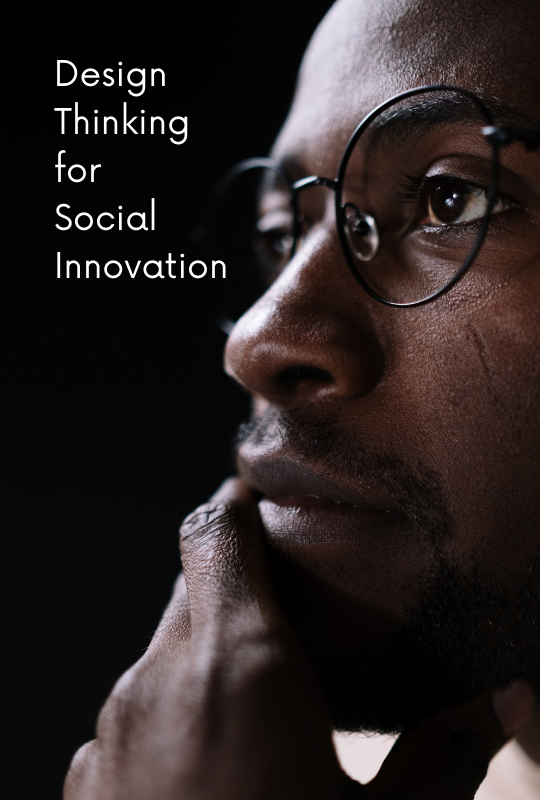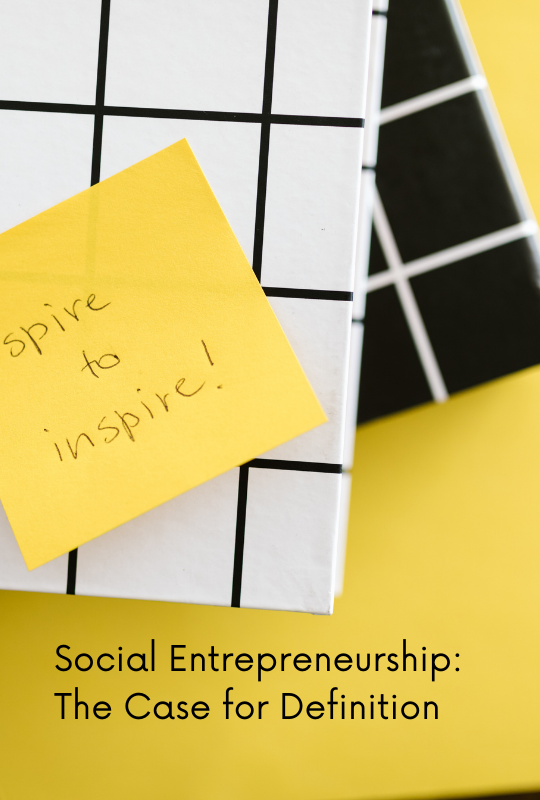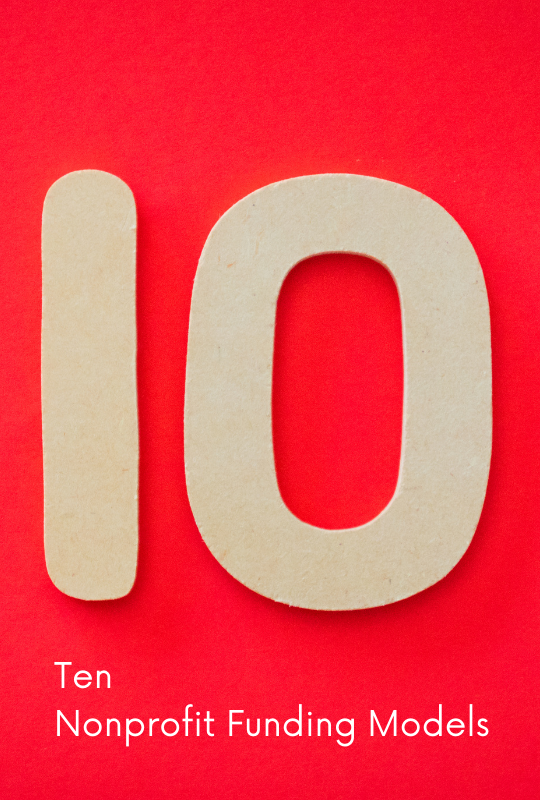An inspiration kit for leaders of social change
With topics ranging from communication and fundraising to design thinking and collective impact, this "kit" contains great reads for the whole FGO team. These articles from the Stanford Social Innovation Review publication have been arranged alphabetically for your convenience. Please share your feedback.
Collective Impact
| Extract: These leaders realized that fixing one point on the educational continuum—such as better after-school programs—wouldn’t make much difference unless all parts of the continuum improved at the same time. No single organization, however innovative or powerful, could accomplish this alone. Instead, their ambitious mission became to coordinate improvements at every stage of a young person’s life, from “cradle to career.” By John Kania & Mark Kramer, 2011 | |
Design Thinking for Social Innovation
| Extract: The designers of the (water treatment) center, however, missed the opportunity to design an even better system because they failed to consider the culture and needs of all of the people living in the community. This missed opportunity, although an obvious omission in hindsight, is all too common. By: Tim Brown & Jocelyn Wyatt 2010 | |
Innovation is not the Holy Grail
| Extract: (W)e explored what enables organizational capacity for continuous innovation in established social sector organizations that operate at an efficient scale delivering products and services. We undertook a literature review of the mainstream organizational and management literature on this topic, and we were amazed by both the magnitude of this research stream and the insights we gained. By Christian Seelos & Johanna Mair 2012 | |
Rediscover Social Innovation
| Extract: (W)e redefine social innovation to mean: A novel solution to a social problem that is more effective, efficient, sustainable, or just than existing solutions and for which the value created accrues primarily to society as a whole rather than private individuals. By James A. Phills, Jr., Kriss Deiglmeier & Dale T. Miller2008 | |
Social Entrepreneurship: The Case for Definition
| Extract: (T)here’s something inherently interesting and appealing about entrepreneurs and the stories of why and how they do what they do. By Roger L. Martin & Sally Osberg Spring 2007 | |
Stop Raising Awareness Already
| Extract: If the goal is solely to increase knowledge of an issue, then an awareness campaign can work just fine. But is it ever enough for people to simply know more about something? By Ann Christiano & Annie Neimand 2017 | |
Ten Nonprofit Funding Models
| Extract: When nonprofits and funding sources are not well matched, money doesn’t flow to the areas where it will do the greatest good. Too often, the result is that promising programs are cut, curtailed, or never launched. And when dollars become tight, a chaotic fundraisingscramble is all the more likely to ensue. By William Landes Foster, Peter Kim, & Barbara Christiansen 2009 | |
The Dawn of System Leadership
| Extract: With the passing of Nelson Mandela in late 2013, the world celebrated a remarkable life. But the spotlight on Mandela’s accomplishments relegated to the shadows much of the reason that he has had such a lasting impact, in South Africa and beyond. Above all, Mandela embodied a system leader, someone able to bring forth collective leadership. By Peter Senge, Hal Hamilton, & John Kania 2015 | |
The Nonprofit Starvation Cycle
| Extract: Our research reveals that a vicious cycle fuels the persistent underfunding of overhead.1 The first step in the cycle is funders’ unrealistic expectations about how much it costs to run a nonprofit. At the second step, nonprofits feel pressure to conform to funders’ unrealistic expectations. At the third step, nonprofits respond to this pressure in two ways: They spend too little on overhead, and they underreport their expenditures on tax forms and in fundraising materials. This underspending and underreporting in turn perpetuates funders’ unrealistic expectations. Over time, funders expect grantees to do more and more with less and less—a cycle that slowly starves nonprofits. By Ann Goggins Gregory and Don Howard 2009 | |
The Science of What Makes People Care
| Extract: We’ve identified five principles that are supported by research from a range of academic disciplines. Collectively, these rules offer a framework for building and assessing your communication strategy and designing efforts more likely to result in belief and behavior change By Ann Christiano and Annie Neimand 2018 | |
The Whole Stanford Social Innovation Kit of 10 Articles
(they call is a starter kit, but we respectfully disagree)
Sign in to add your comment.















